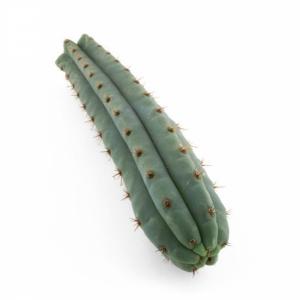Here at Cactus Australia, we will alternate usage depending on the context. If we are talking about a plant that is mostly known to Trichocereus collectors we may use that term, such as Trichocereus taquimbalensis. But if we are talking from a botanical perspective we may use Echinopsis.
A Contested Genus
In the years that followed there have been several criticisms of this taxonomy change. Supporters of the Trichocereus classification argue that columnar cactus should not be lumped into the same genus as the small, clumping species that Echinopsis is typically known for. There are concerns that by having a genus so large it loses the very purpose of taxonomy in the first place, in that it does not clearly communicate commonalities in the species that belong to it.
Several groups of molecular biology researchers continue to this day to explore the differences between these species to try and present a scientific justification for reclassifying the columnar varieties back into Trichocereus or another distinct genus.
The reclassification also caused some naming clashes. Prior to the merge Echinopsis bridgesii and Trichocereus bridgesii were both classified as distinct species. So when Trichocereus bridgesii had to be reclassified it had to take on an entirely new name, which is why it is now called Echinopsis lageniformis.
So what’s right?

(But if you really want to know what we think, we encourage everyone to give their cacti friends their own unique names, like Robert here.)
Scientifically speaking, the correct name for the genus is Echinopsis. Or more specifically, the current consensus amongst influential botanists is that the correct genus is Echinopsis but this may very well change in the coming years. Some die-hard cactus lovers are quite passionate about the topic and will insist on one usage, other people don’t mind. You can generally use either and convey that you are speaking about the same plant species, except for in the case of Bridgesii as previously mentioned











